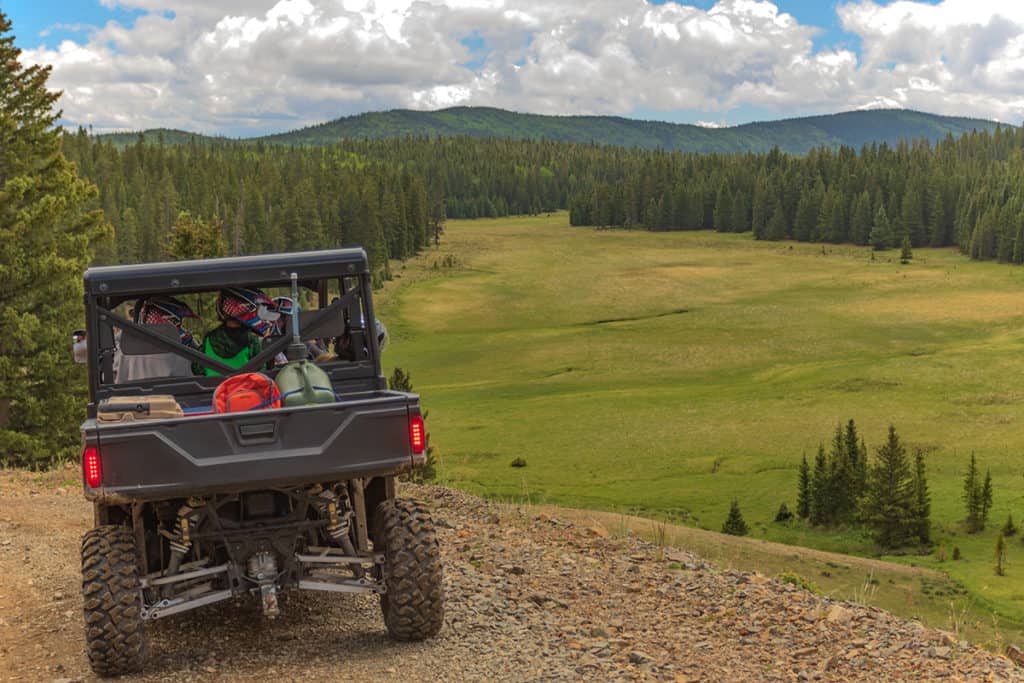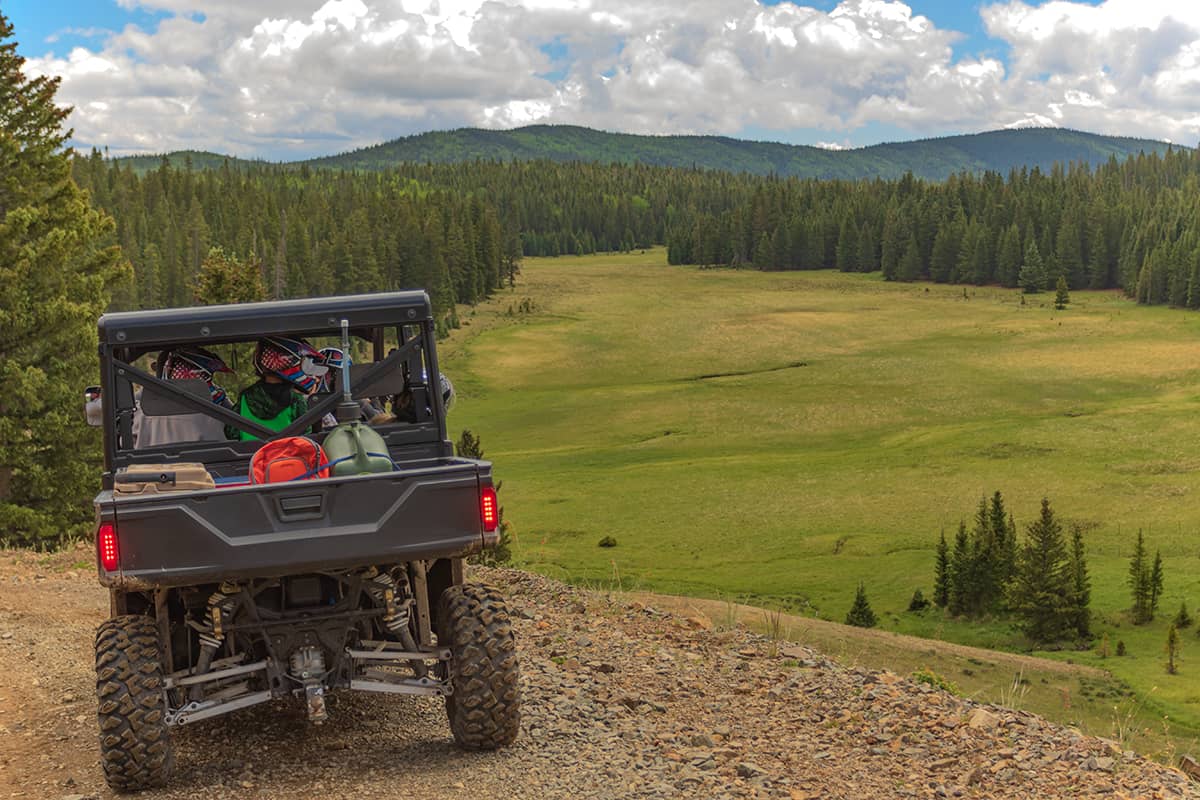
Do UTVs flip easily?
Safely operating a UTV requires a bit of awareness and perhaps even a bit of attention to detail. Granted, certain models will be safer than others. You should also consider your terrain and how it may affect your ability to operate the UTV safely. However, if side-by-sides are indeed so easy to flip, why do manufacturers keep making the same claims about their stability and capability? If they’re so flimsy and prone to tipping over that any bump in the road is cause for disaster, then they certainly wouldn’t sell as well as they have. If you’re inclined to believe that UTVs are easy to roll over, look beyond what makes them so fun and appealing: their speed, agility, and overall level of performance. Yes, modern UTVs can travel at a rate that no 4×4 can replicate on the road (or at least not legally). But if you can learn how to control that speed—to properly handle it—you’ll reduce the risk of flipping your machine while out driving with friends.
Do UTVs flip easily? UTVs do have some inherent stability issues, but, by and large, they’re safe and stable machines when operated properly.
You may be inclined to think that they are more prone to rolling over than their 4×4 counterparts. But truthfully, they aren’t necessarily any more of a risk than a pickup or SUV when operated properly.
If you’re going to drive a Side-by-Side safely and responsibly, you need to know how your machine handles in different types of terrain. Traveling at high speeds on paved roads is a lot safer than crawling over rough and uneven ground, so do note the performance of your Side-by-Side within these particular scenarios. Slow down if you find it necessary, but remember that you’ll also have to put in enough time riding with your Side-by-Side to get used to its various features, such as its gas and brake pedals. This will be where you get the feel for driving your new UTV safely before taking it out into the wild.
7 Tips To Avoid A Rollover While Riding A UTV
Can you imagine how it would feel if you were riding your UTV and it flipped over?
It would be a nightmare, especially if you were alone. In fact, many UTV riders are killed or injured in rollover accidents every year.
The most common cause of rollovers is when the driver loses control of the vehicle on a curve or hill.
The second most common cause is when the driver fails to use the parking brake when parking their UTV.
Here are 7 tips to prevent rolling your UTV:
- Don’t ride faster than you can stop. Don’t ride faster than you can stop. This is by far the most important thing to remember when driving any ATV or UTV. If you cannot stop your vehicle in time, then you should not take off at all.
- Always keep enough distance between yourself and other vehicles so that if something happens, you have time to react before hitting them head-on. If you don’t have enough room to stop safely, then slow down until there is more space available.
- Be aware of potential hazards like rocks, trees or muddy areas that could cause loss of traction while turning or braking. When riding on loose gravel or sand, always use your low gear and clutch to maintain traction during extreme maneuvers or braking. This will help prevent wheel spin and keep the vehicle stable on uneven surfaces. Keep in mind that if you’re riding in high range 4WD, it’s possible for both front and rear wheels to lose traction at the same time — so be prepared!
- Stay away from steep inclines; they’re not fun — even if they’re not as steep as they look! If you are entering a steep downhill slope and feel like you might lose control, take your foot off the gas pedal and shift into neutral so that your vehicle slows down gradually instead of suddenly losing speed where there may not be enough room for recovery if things go wrong.
- Don’t drive too fast on wet roads; there’s always a chance that your tires will lose traction because they’re spinning faster than they can handle in those conditions.
- Avoid sharp turns at high speeds. Slow down when going around curves or corners and make sure there’s nothing in front of you that might cause an accident.
- Check your tires and tire pressure regularly. Make sure that you have good tires on your UTV and that they are inflated properly before taking off for a ride. Overinflated tires will wear out quickly and may cause unpredictable handling during turns or other maneuvers. Underinflated tires will make it much harder for your machine to turn corners or stop suddenly if needed because there isn’t enough rubber touching the ground for traction.
Summary
So to summarize the question Do UTVs flip easily. The fact is, many factors are at work when it comes to side-by-side rollovers. In some cases they’re unavoidable; in others, they’re part of the risk and reward system inherent with riding UTVs. With that said, there’s no getting around the fact that you need to exercise caution when operating your UTV or any other ATV. While it’s true that you can make a few mistakes without rolling over completely, they don’t have to be fatal—or even dangerous. The key is to learn to recognize your limits and stay within them when possible.
Recent Posts
How Long Can I Drive My UTV on Unbalanced Tires? Driving on unbalanced tires can be dangerous and should be avoided whenever possible. UTVs are no exception and require special consideration when it...
Discover the Best UTV Tires for Rock Crawling - Our Pick For The Best Rock Crawling Tires
Rock crawling in a UTV is an extreme form of off-road driving that requires the right equipment, especially when it comes to tires. The tire you choose can significantly impact your UTV's...

